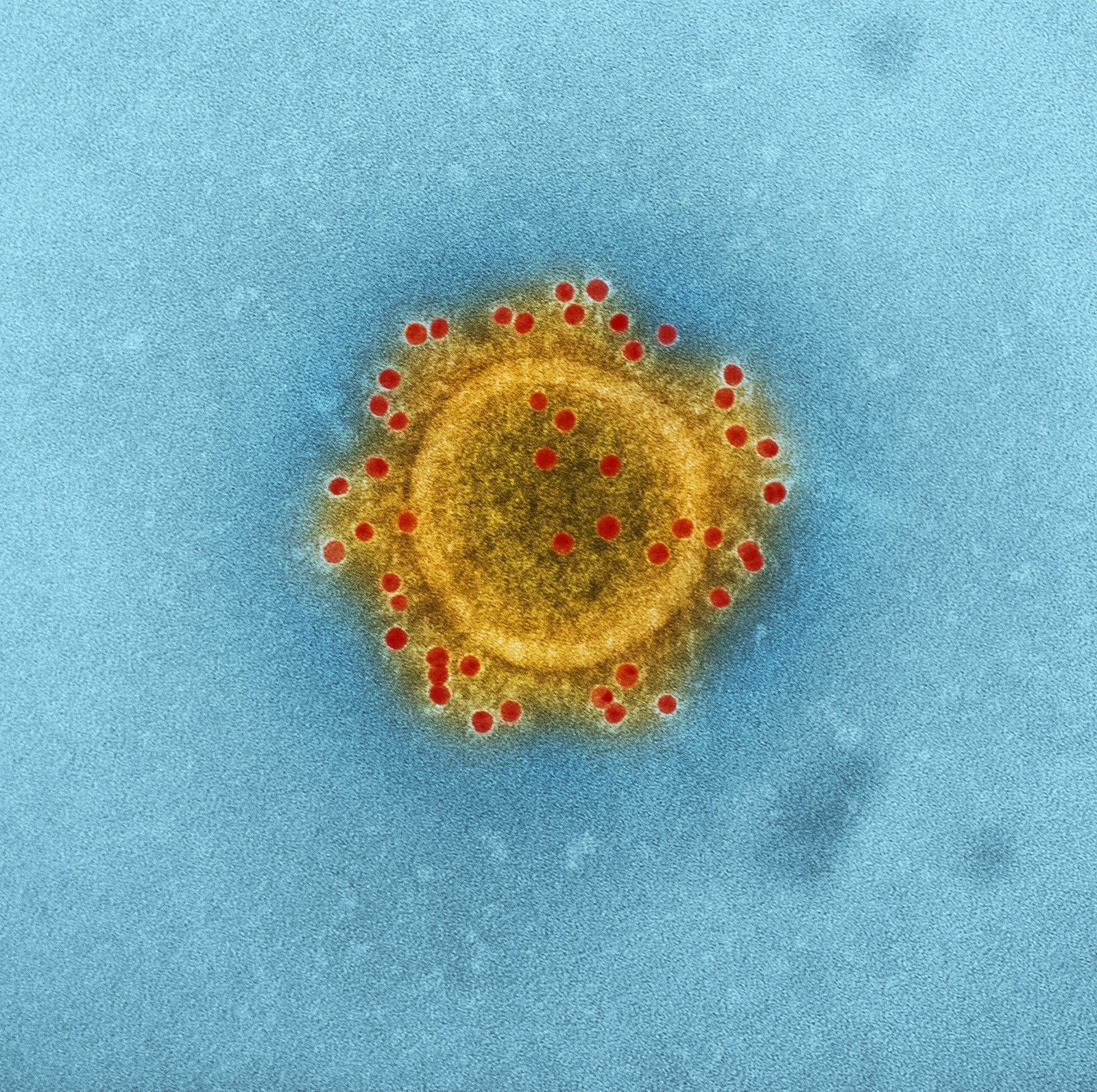Introduction to Measles and Its Implications
Measles is a highly contagious viral infection caused by the measles virus, a member of the Paramyxovirus family. Characterized by its distinct symptoms, measles typically begins with a high fever, cough, runny nose, and conjunctivitis, followed by a distinctive rash that usually appears within a few days after the onset of initial symptoms. The rash generally starts at the hairline, moving downwards across the body, and can last for several days. Due to its infectious nature, measles can spread through respiratory droplets when an infected individual coughs or sneezes, making it a public health concern.
The implications of measles extend beyond the immediate viral infection. Complications may arise, especially in vulnerable populations such as young children and individuals with weakened immune systems. Potential complications include diarrhea, ear infections, and more severe outcomes like pneumonia and encephalitis. Given that these conditions can result in hospitalization or even death, the urgency for public health response becomes evident. Particularly concerning is the resurgence of measles in communities with low vaccination rates, which can lead to outbreaks and place additional strain on healthcare systems.
The Centers for Disease Control and Prevention (CDC) emphasizes the importance of supportive care for those diagnosed with measles. This includes ensuring adequate fluid intake, managing fever with appropriate antipyretics, and providing vitamin A supplements, which are critical for improving outcomes in measles patients. The recommendation for vitamin A supplementation reflects growing evidence of its significant role in reducing complications associated with measles. Understanding the complete picture of measles, including its symptoms, transmission, and implications, is essential to address public health challenges and formulate effective responses to outbreaks.
The Importance of Vitamin A in Immune Function
Vitamin A plays a crucial role in the maintenance of a healthy immune system, influencing both innate and adaptive immunity. This fat-soluble vitamin is essential for the proper functioning of various immune cells, including T cells and B cells, which are vital in recognizing and responding to pathogens. Adequate levels of Vitamin A enhance the body’s ability to fight infections, particularly by improving the integrity of mucosal barriers in the respiratory and gastrointestinal tracts. These barriers are the first line of defense against invading microorganisms, helping to prevent infections such as measles, which can have severe consequences, especially in nutrient-deficient populations.
Moreover, Vitamin A is involved in the generation of antibodies, which are essential for effective immune responses. When the body encounters a pathogen, antibodies facilitate the targeted destruction of invaders, providing an adaptive immune response that is critical for long-term protection. Insufficient Vitamin A levels can impair this process, leading to diminished immune function and increased susceptibility to infections. Vitamin A deficiency is particularly concerning in children, as it can exacerbate the severity of common infectious diseases, including measles, by increasing the risk of complications such as pneumonia and diarrhea.
The outcomes of Vitamin A deficiency in vulnerable populations not only affect health outcomes but also burden healthcare systems. For instance, children with compromised Vitamin A levels are at a higher risk for developing severe measles symptoms, resulting in a need for more intensive medical intervention and increased mortality rates. Therefore, ensuring adequate Vitamin A intake through diet or supplementation is vital to enhance immune function, particularly in regions where individual diets may not provide sufficient levels. Health programs focusing on improving Vitamin A nutrition can, thus, play a significant role in reducing measles-related complications and improving overall public health outcomes.
CDC’s Recommendations on Vitamin A for Measles Patients
The Centers for Disease Control and Prevention (CDC) has issued concrete recommendations regarding the administration of Vitamin A for individuals diagnosed with measles, emphasizing its importance in managing the disease efficiently. These guidelines are based on extensive research demonstrating that adequate Vitamin A supplementation can significantly reduce mortality and morbidity associated with measles, particularly among children, who are the most affected demographic.
According to the CDC, the recommended dosage of Vitamin A varies by age. For children aged 6 months to 12 years, a single oral dose of 200,000 IU is advised, with a second dose administered 24 hours later. Infants aged less than 6 months should receive 100,000 IU, while infants younger than 12 months are to receive the same dosage as older children. Implementing these guidelines is crucial, as they have been shown to improve recovery rates and decrease complications linked to measles.
The rationale for these recommendations stems from multiple studies indicating that Vitamin A plays a fundamental role in enhancing immune responses. It aids in reducing the severity of measles symptoms and the overall burden of the disease. For instance, research has shown that Vitamin A supplementation can decrease the duration of measles-associated complications, such as diarrhea and pneumonia, ensuring a faster recovery process.
Furthermore, the CDC emphasizes the significance of timely administration, suggesting that Vitamin A should be given as soon as possible following the diagnosis of measles. Early intervention not only promotes swift healing but also minimizes the risk of long-term health outcomes associated with the infection. These guidelines underscore the necessity of incorporating Vitamin A into the management plan for measles patients, aligning with the broader efforts to combat the disease and improve public health outcomes.
Conclusion and Public Health Implications
In closing, it is evident that Vitamin A plays a pivotal role in the management of measles, an illness that poses significant health risks, particularly in unvaccinated populations. The importance of Vitamin A in enhancing immune responses and reducing morbidity associated with measles has been well established. Supplementation of this vital nutrient can drastically improve outcomes for affected individuals, stressing the necessity of effective nutritional support during outbreaks.
Public health implications are profound, highlighting the need for increased awareness regarding the significance of both vaccination and adequate nutrition in combating this infectious disease. Vaccination remains the most effective method of preventing measles, and communities must emphasize its importance to ensure high immunization coverage. However, in situations where measles does occur, integrating Vitamin A supplementation into health protocols can serve as a critical prevention strategy that complements vaccination efforts. This multifaceted approach can significantly decrease mortality rates and complications associated with the disease.
Furthermore, public health initiatives should focus on educating communities about the signs of Vitamin A deficiency and the benefits of maintaining optimal nutritional status throughout the year, not just amid outbreaks. Health authorities should consider implementing public health programs that prioritize Vitamin A distribution as part of measles management plans. Collaborative efforts among different sectors, including healthcare providers, educators, and community leaders, can enhance public understanding and commitment to these health initiatives.
In summary, integrating Vitamin A supplementation into public health strategies during measles outbreaks presents an opportunity to improve health outcomes in vulnerable populations. By fostering public awareness and providing nutritional support, communities can better mitigate the risks associated with measles and promote overall health resilience.

















